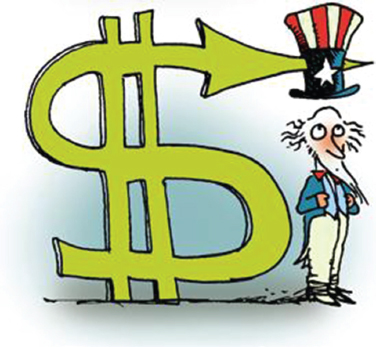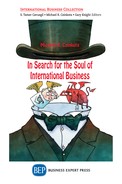
U.S. president Donald Trump has issued a new executive order focusing on so-called Buy American, Hire American policies. Making the announcement at the Snap-on Tools plant in Kenosha, Wisconsin, the president’s order directs various federal agencies to produce reports and recommendations on government procurement policies, with the goal of increasing domestic employment and production.
The executive order covers two broad areas of government policy: numerous “Buy American” laws and regulations, which set requirements that materials purchased by the government—say, steel for building a bridge—give preference to U.S. domestic producers; and “Hire American,” which aim to address reported abuses of H1B visas that undermine high-skilled domestic labor.
The government procurement component of the order is not surprising, given President Trump’s stated plans to boost domestic production through large-scale infrastructure projects. The language of the order specifically mentions targeting materials being “dumped” in the U.S. market, a priority for the administration as I address in a previous article on anti-dumping duties. The H1B issue is also not surprising, as then-candidate Trump often criticized its abuse on the campaign trail.
Offering a little background, the H1B visa is a nonimmigrant work visa used to bring in high-skilled workers, such as doctors, scientists, or technology workers. The program is subject to various regulations, such as equal pay and documentation requirements, to avoid displacing U.S. workers. However, several high-profile cases of abuse have emerged, such as the 2015 uproar over Disney’s plans to bring in low-paid foreign IT workers on H1B visas, and requiring the American staff to train them before being themselves laid off.
Part of the concern seems to be the way the visas are currently issued. H1B visas were initially intended as a means for businesses to bring over talent unavailable in the United States. The Customs and Border Patrol agency takes applications from companies up to a certain limit, and issues the visas by lottery if applications exceed the cap. Currently restricted at 85,000 visas a year, applications typically surpass the quota within weeks of the application window. As a result, the visas do not necessarily go to the most qualified candidates, but to the quickest and luckiest ones. As another unintended consequence, this system benefits large outsourcing firms that flood the applications office, crowding out the applicants for whom the program was intended.
Despite these abuses, the controversy over H1B points to a more glaring problem: the shortage of technology workers in the United States. According to a Brookings report, job postings in fields of science, technology, engineering, and mathematics (STEM) take nearly twice as long to fill as non-STEM positions. Managers from Silicon Valley, for example, argue they need the H1B to fill these types of positions, since they provide specialized skills that are not easy to find.
Concrete changes to the H1B visa will depend on the reports developed by various U.S. government agencies, but it’s clear that the order aims to limit the use of the program. However, this may be missing the bigger picture. The real root of the problem is lagging STEM and computer science education, as well as insufficient practical job training programs for in-demand skills. Restrictions on foreign workers alone will not create these skills in American workers.
To see real benefits for the U.S. tech industry, the administration should aim to cultivate these skills at home to meet the growing demand for them. Otherwise, cutting off the supply of skilled labor could do more harm than good.
